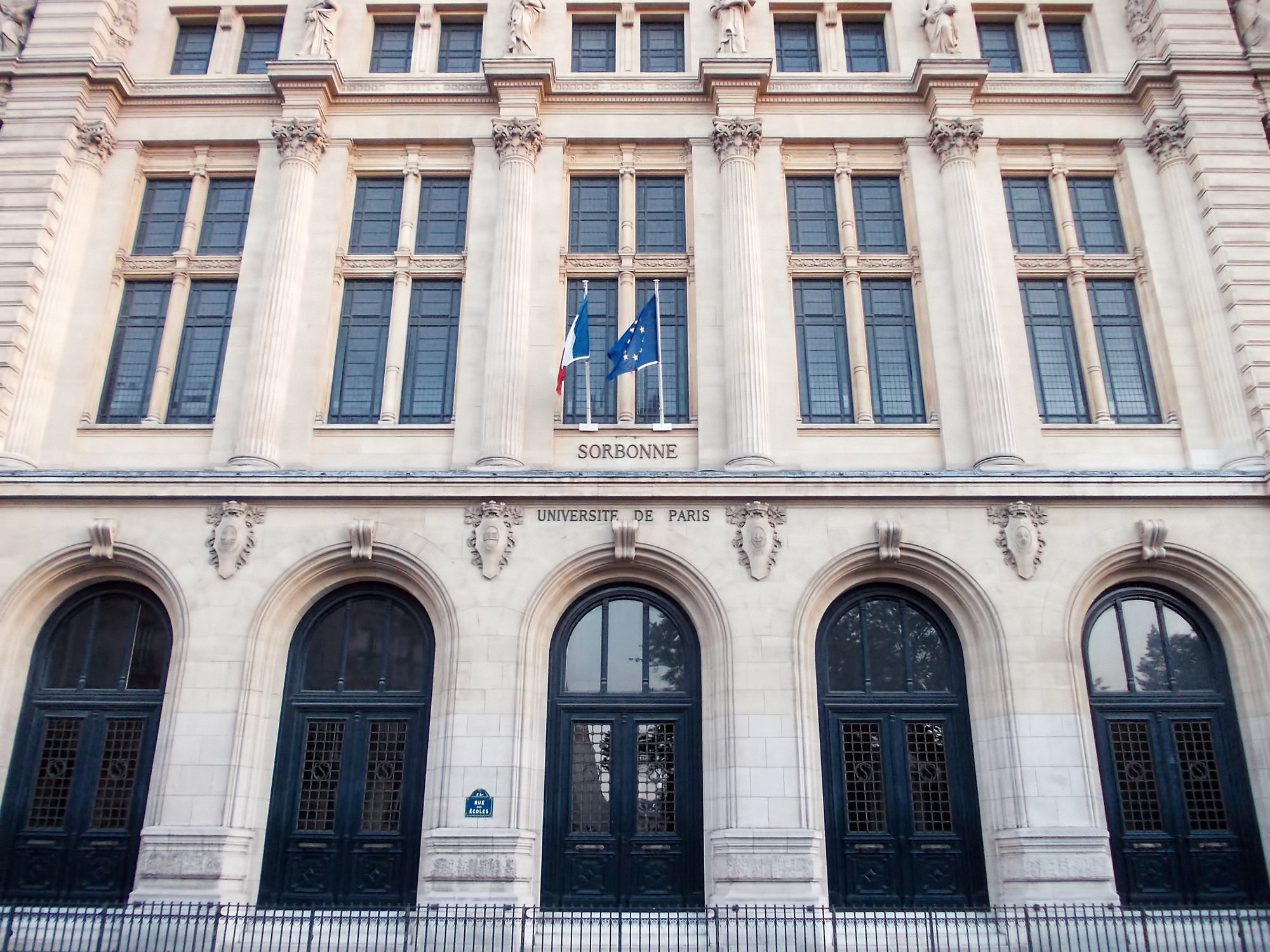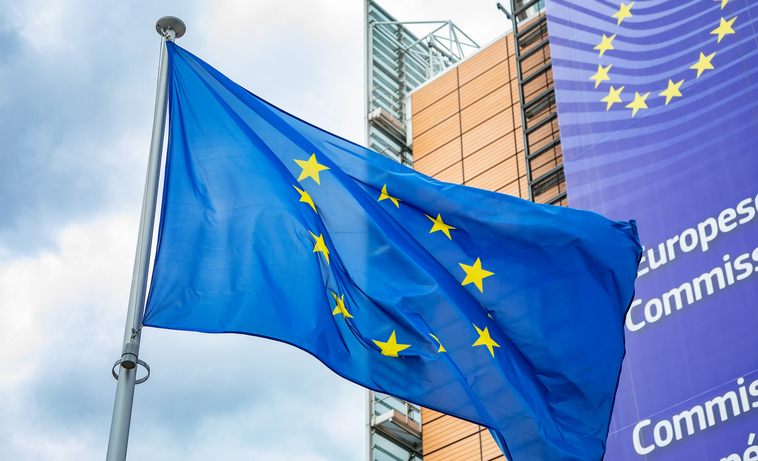The European Union has an opportunity to poach talent amid a US clampdown on academic research but it continued to face two persistent obstacles: Limited funding and competitiveness struggles.
On May 5, the European Commission announced a €500 million package for 2025–2027 aimed at making Europe “a magnet for researchers”, focusing in particular on scientists concerned by political pressure and funding cuts in the US under President Donald Trump.
The announcement was made at an event on on May 5 at the Sorbonne in Paris, which was given by French President Emmanuel Macron and European Commission President Ursula von der Leyen. It opened with a discussion on Europe’s scientific dependencies and structural gaps.
Anne Bouverot, France’s special envoy for artificial intelligence, opened this initiative called “Choose Europe for Science” with a declaration that, “We need to ensure that we do not let AI be controlled by private actors.”
Besides Bouverot, others at the discussion included Florent Menegauux, president of Michelin (France), David Paltiel, professor of Public Health at Yale University and Clarisse Lhoste, president of French pharmaceuticals group MSD (France).
They highlighted the EU’s reliance on non-European infrastructure — including satellites, semiconductors and general-purpose AI systems — and the fact that many of these tools were trained using data collected outside Europe.
“We use artificial intelligence built with other people’s data and other people’s values,” the panel stated. “This is not just vulnerability, it is a risk we cannot afford.”
The roundtable speakers also emphasised the importance of improving science, technology, engineering and mathematics (STEM) education and strengthening public–private partnerships in strategic sectors such as biotechnology, quantum computing and pharmaceuticals.
Quantum computing and biotechnology were considered key future industries but the EU still depended heavily on non-European suppliers for both research tools and infrastructure.
Menegaux described two main challenges: Competitiveness and energy independence.
He said developing new materials would require “a lot of data and a lot of skills” and noted that Europe could not do that alone.
“We need more private partnerships … from also outside Europe.”
He added that progress depended on “financial systems that are stable” and “massive upscaling programmes”, supported by a regulatory framework capable of enabling growth at scale.
Lhoste said Europe must ensure the right conditions for innovation, with appropriate market structures and regulatory clarity to support its industrial and scientific competitiveness.
The problem of relying on imported data is nothing news, member of the European Parliament and industries representatives have already been asking for solutions in this area.
In his address at the May 5 Sorbonne event, French President Emmanuel Macron said Europe must remain open to researchers whose work was under threat abroad.
He noted that the US had long been more effective in the sphere of science, producing “more than twice more research per capita” and said Europe needed to catch up through long-term investment in both basic and applied research.
“Strategic autonomy … is not possible without free and open science,” he said.
Referring to recent US developments, Macron added: “No one could have imagined … that one of the world’s greatest democracies could, in one fell swoop, strike out the possibility of obtaining a visa for a researcher.”
EC President Ursula von der Leyen used her speech at the Sorbonne to present a wider strategy. “The role of science in today’s world is questioned … What a gigantic miscalculation,” she said.
She announced a forthcoming European Innovation Act and Start-up and Scale-up Strategy designed to reduce administrative burdens and increase access to venture capital.
Von der Leyen also pledged to introduce a European Research Area Act to enshrine legally academic freedom and called on member states to raise research spending to 3 per cent of GDP by 2030.
The European Research Area Act would establish legal protections for scientific freedom across the entire EU.
The €500 million package formed part of that broader agenda. The EU’s Artificial Intelligence Act, adopted in August 2024, aimed to ensure the development of lawful, ethical and robust general-purpose AI models.
While seen as a global benchmark in regulation, the EU has struggled to develop a competitive domestic AI ecosystem due to limited computing infrastructure and insufficient investment.
Von der Leyen has proposed a European AI Research Council and Bouverot reiterated her support for a pan-European initiative: “This idea of this CERN for AI… is an idea I think we should implement very quickly,” she said.
“Now is not the time to cut off research on research and data — it is the time to create more.”
The European Organisation for Nuclear Research, known as CERN, is an intergovernmental organisation that operates the largest particle physics laboratory in the world. Established in 1954, it is based in Meyrin, a western suburb of Geneva, on the France–Switzerland border.
Von der leyen said a similar body for AI would centralise and co-ordinate advanced research across the EU.
In her closing remarks, she acknowledged the current barriers researchers had to overcome. “We know that researchers still face too much – or too complex – bureaucracy here in Europe,” she said.
The EC would now move to simplify visa and mobility procedures, improve researcher – institution links and expand existing platforms that provided job opportunities, visa support and career guidance, she added.
“We will better link up researchers with research institutions … and speed up and simplify the entry for top researchers.”





